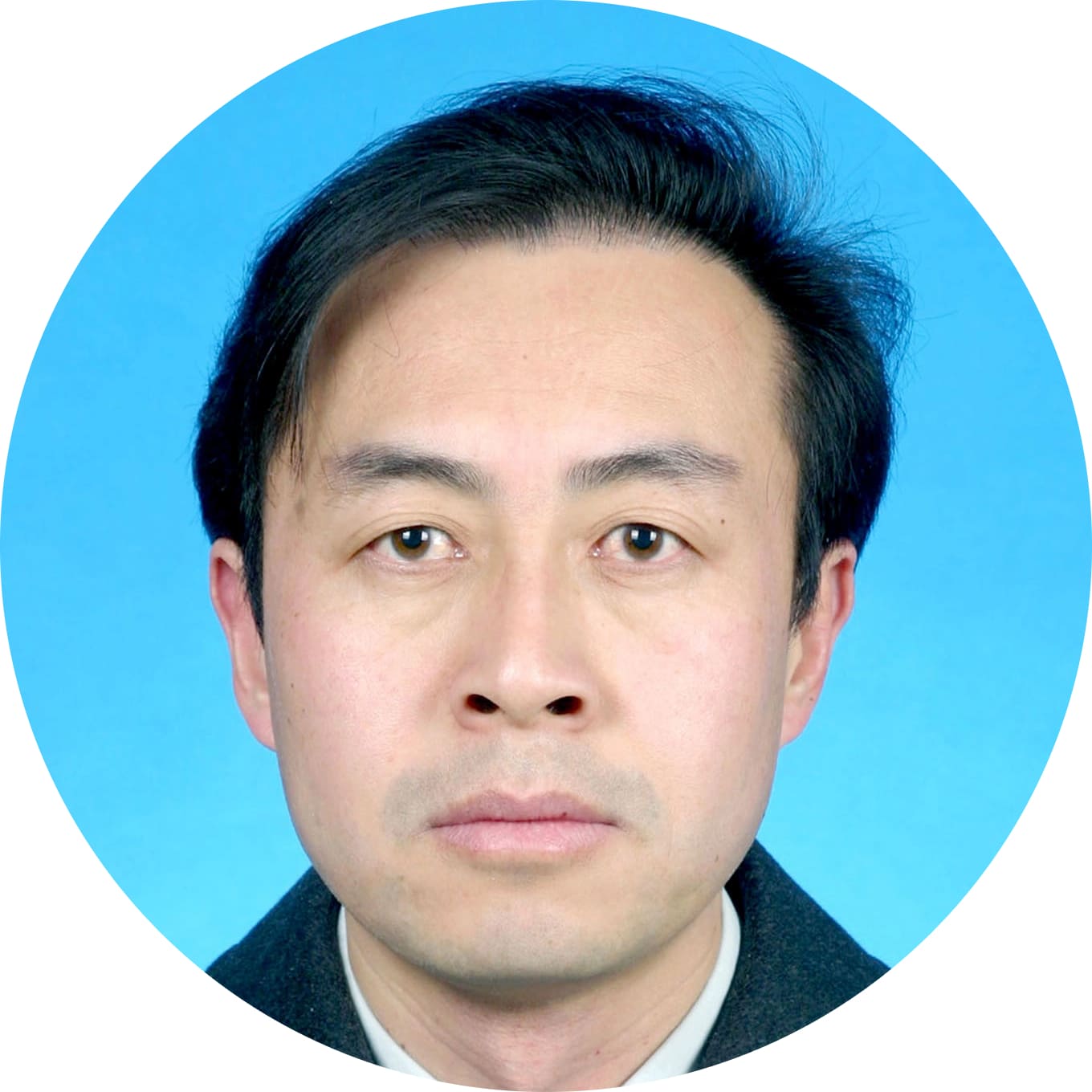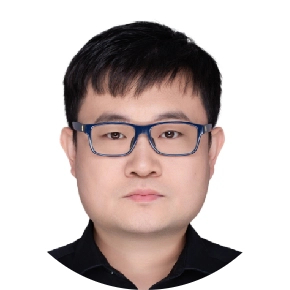 Prof. Tai Fei
Prof. Tai Fei
Dortmund University of Applied Sciences and Arts, Germany
Biography: Tai Fei (Senior Member, IEEE) is Interim Professor of Computer Vision and Robotics at Dortmund University of Applied Sciences and Arts. He holds a B.Eng. from Shanghai Maritime University (2005) and Dipl.-Ing./Dr.-Ing. degrees in Electrical Engineering from TU Darmstadt (2009/2014). He was a Research Associate at Hochschule Bremen (2009–2012) on sonar-based underwater mine detection with TU Darmstadt, and at the University of Bremen (2013). From 2014 to 2023 he worked at HELLA as a Development Engineer, advancing automotive radar. He has authored 90+ publications and holds 11 granted patents. Dr. Fei is an Associate Editor for the IEEE Sensors Journal and IEEE Access, and served as Lead Guest Editor for an IEEE Sensors Journal special issue. He co-chaired special sessions at IEEE Radar 2023 and IEEE SAM 2024, serves on the ICST 2024 program committee, will chair a special session at EUSIPCO 2025, and co-authored the Best Paper at GeMiC 2024.
 Prof. Xiwen Zhang
Prof. Xiwen Zhang
Beijing Language and Culture University, China
Biography: Xiwen Zhang is currently a full professor of Digital Media
Department, School of Information Science, Beijing Language and Culture
University.
Prof. Zhang worked as an associated professor from 2002 to 2007 at the
Human-computer interaction Laboratory, Institute of Software, Chinese
Academy of Sciences. From 2005 to 2006 he was a Post doctor advised by
Prof. Michael R. Lyu in the Department of Computer Science and
Engineering, the Chinese University of Hong Kong. From 2000 to 2002 he
was a Post doctor advised by Prof. ShiJie Cai in the Computer Science
and Technology department, Nanjing University.
Prof. Zhang's research interests include pattern recognition, computer
vision, and human-computer interaction, as well as their applications in
digital image, video, and ink. Prof. Zhang has published over 60
refereed journal and conference papers. His SCI papers are published in
Pattern Recognition, IEEE Transactions on Systems Man and Cybernetics B,
Computer-Aided Design. He has published more than twenty EI papers.
Prof. Zhang received his B.E. in Chemical equipment and machinery from
Fushun Petroleum Institute (became Liaoning Shihua University since
2002) in 1995, and his Ph.D. advised by Prof. ZongYing Ou in Mechanical
manufacturing and automation from Dalian University of Technology in
2000.
 Assoc. Prof. Yan Pang
Assoc. Prof. Yan Pang
Shenzhen Institutes of Advanced Technology, Chinese Academy of Sciences, China
Biography: Yan Pang, Ph.D., serves as an Associate Professor at
Guangzhou University after earning his doctoral degree from the
University of Colorado, USA. Prior to his present position, he was an
instructor at the Metropolitan State University of Denver and the
University of Colorado Denver. His primary research revolves around
computer vision, where he conducts systematic theoretical research and
practical applications, particularly in computer vision, medical image
analysis, on-device models, behavior recognition and analysis,
blockchain, et al. Over the past two years, he has been granted 3
national and provincial-level projects. Dr. Pang has published more than
20 papers in SCI/SSCI indexed journals, including IEEE TMI, IEEE TIFS, TSMCS, TNNLS, TIM, et al., and 20 patents. His significant contributions have been applied
practically in diverse sectors such as medicine, agriculture, and
security, making a substantial impact in their intelligent evolution.
Speech Title: "Advancing Healthcare with Large Language Models:
Applications, Challenges, and Future Directions"
Abstract: Large language models (LLMs) have gained significant attention
for their capacity to understand and generate human language, leading to
increasing adoption in various medical fields such as clinical
diagnostics, medical education, drug discovery, and patient care.
However, despite these advancements, a thorough evaluation of their
development, practical deployment, and real-world impact in healthcare
remains scarce. This seminar offers an in-depth review of LLMs in
medicine, covering essential aspects such as model architectures,
parameter scales, and data sources. We will examine their application in
diverse medical tasks, including improving diagnostic accuracy,
supporting personalized treatment plans, optimizing medical
documentation, and advancing medical research. While LLMs show immense
potential, their integration into healthcare is not without challenges,
including concerns over data privacy, model interpretability, and
inherent biases in training datasets. This seminar will critically
address these issues, presenting a balanced analysis of both the
benefits and limitations of LLMs in clinical settings. Additionally, we
will explore ongoing research efforts to overcome these challenges and
provide insights into the future of AI-assisted healthcare.
 Asst. Prof.
Ching-Chun Chang
Asst. Prof.
Ching-Chun Chang
National Institute of Informatics, Japan
Biography: Ching-Chun Chang received his PhD in Computer Science from the University of Warwick, UK, in 2019. He participated in a short-term scientific mission supported by
European Cooperation in Science and Technology Actions at the Faculty of Computer Science, Otto von Guericke University Magdeburg, Germany, in 2016. He was granted
the Marie-Curie fellowship and participated in a research and innovation staff exchange scheme supported by Marie Skłodowska-Curie actions at the Faculty of Computer
Science, New Jersey Institute of Technology, USA, in 2017. He was a Visiting Scholar with the School of Computer and Mathematics, Charles Sturt University, Australia,
in 2018, and with the School of Information Technology, Deakin University, Australia, in 2019. He was a Research Fellow with the Department of Electronic Engineering,
Tsinghua University, China, in 2020. He is currently a Project Assistant Professor with the National Institute of Informatics, Japan. His research interests include artificial
intelligence, biometrics, communications, computer vision, cryptography, cybernetics, cybersecurity, evolutionary computation, forensics, information theory, linguistics,
mathematical optimisation, natural language processing, privacy engineering, psychology, signal processing, steganography, time series forecasting, and watermarking, within
the scope of computer science.